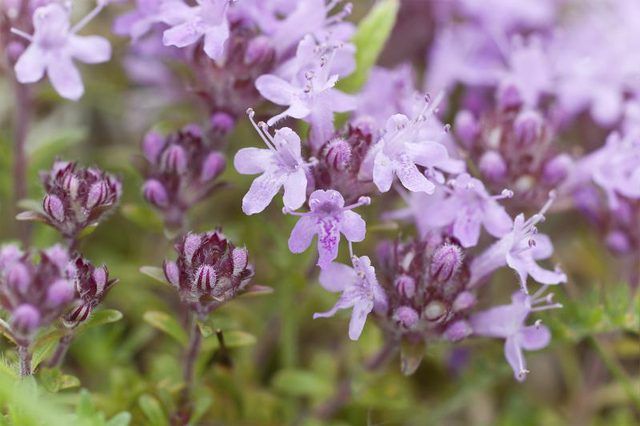Bulbs
Flower Basics
Flower Beds & Specialty Gardens
Flower Garden
Garden Furniture
Garden Gnomes
Garden Seeds
Garden Sheds
Garden Statues
Garden Tools & Supplies
Gardening Basics
Green & Organic
Groundcovers & Vines
Growing Annuals
Growing Basil
Growing Beans
Growing Berries
Growing Blueberries
Growing Cactus
Growing Corn
Growing Cotton
Growing Edibles
Growing Flowers
Growing Garlic
Growing Grapes
Growing Grass
Growing Herbs
Growing Jasmine
Growing Mint
Growing Mushrooms
Orchids
Growing Peanuts
Growing Perennials
Growing Plants
Growing Rosemary
Growing Roses
Growing Strawberries
Growing Sunflowers
Growing Thyme
Growing Tomatoes
Growing Tulips
Growing Vegetables
Herb Basics
Herb Garden
Indoor Growing
Landscaping Basics
Landscaping Patios
Landscaping Plants
Landscaping Shrubs
Landscaping Trees
Landscaping Walks & Pathways
Lawn Basics
Lawn Maintenance
Lawn Mowers
Lawn Ornaments
Lawn Planting
Lawn Tools
Outdoor Growing
Overall Landscape Planning
Pests, Weeds & Problems
Plant Basics
Rock Garden
Rose Garden
Shrubs
Soil
Specialty Gardens
Trees
Vegetable Garden
Yard Maintenance
How to Grow Creeping Thyme
How to Grow Creeping Thyme. Several plants claim the name creeping thyme, including Thymus longicaulis, Thymus serpyllum and Thymus praecox, which all enjoy similar growing conditions. Dry, warm, sunny spots are best for this low-growing, aromatic perennial, for example, the edges of garden beds, rock gardens and between stepping stones. Thymus...

Several plants claim the name creeping thyme, including Thymus longicaulis, Thymus serpyllum and Thymus praecox, which all enjoy similar growing conditions. Dry, warm, sunny spots are best for this low-growing, aromatic perennial, for example, the edges of garden beds, rock gardens and between stepping stones. Thymus longicaulis grows in U.S. Department of Agriculture plant hardiness zones 6a through 9b; Thymus serpyllum grows in USDA zones 4 through 8; Thymus praecox grows in USDA zones 5 through 8.
Growing Creeping Thyme
Creeping thyme thrives in dry, gritty, well-drained soils and full-sun sites. The plants don't grow well in partial shade; cold, wet soils can spell disaster. Grow creeping thyme in sandy or stony loose soils in areas that receive six or more hours of sunlight every day. Thymus longicaulis and Thymus praecox grow in clay soils, providing the soil is well-drained. Thymus longicaulis grows in acid, neutral and alkaline soils. Creeping thyme is usually grown as an ornamental plant, cascading over rocky surfaces or creeping along pathways. Thymus serpyllum tolerates moderate foot traffic. Space creeping thyme plants about 9 inches apart, or according to the variety's final growing width.
Watering Plants
Established creeping thyme plants only need water during prolonged dry weather. Water creeping thyme when the soil is dry to a depth of 2 inches and the plants are actively growing. Newly planted creeping thyme should be watered during the first growing season when the soil is dry to a depth of 1 inch. Water creeping thyme plants until the water begins to puddle on the soil surface, and then stop immediately. Creeping thyme usually stops growing during the winter, though in mild winters it remains green. Plants that aren't growing don't need water, and creeping thyme also doesn't need fertilizer.
Winterizing Creeping Thyme
During very cold winters, creeping thyme can suffer damage. Rock gardens, pathways and other areas where creeping thyme often grows can be exposed to deep frosts in winter, but you can protect the plants with a light mulch. Spread a 1/2-inch layer of pine needles over creeping thyme after the ground freezes, and brush the mulch away in spring when the plant begins growing again. Trim plants back in spring to control their spread and to remove woody growth. Sterilize pruning shears by wiping the blades with a cloth soaked in rubbing alcohol, and prune one-third of the length of the stems, or prune the stems at the desired length. Sterilize the pruning shears again when you've finished.
Dividing Overgrown Plants
When the centers of creeping thyme plants die back or become woody, divide the plants to renew them. After three or four years, Thymus praecox plants die back at the center, and Thymus serpyllum plants can grow dense and woody. Dig the plants up in late winter, and pull off the dead foliage and roots. Pull the plant into hand-sized sections, and plant one section in the original growing spot at the same growing depth. Plant the other sections elsewhere in the garden, or give them away or put them on a compost pile. If you need to use pruning shears to separate the plant into sections, sterilize the blades before and after use.